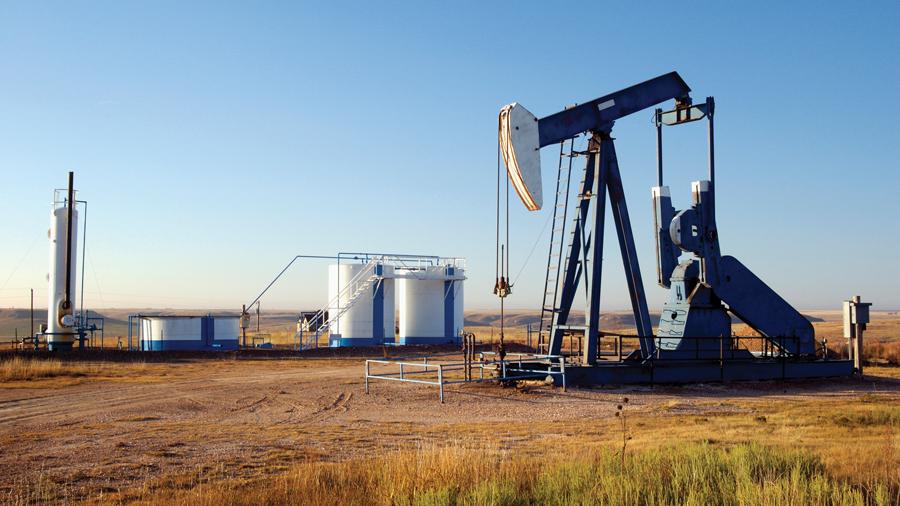
U.S. crude oil production is projected to rise to more than 10 million barrels for each day in the early hours of 2018, getting that landmark for the first time since 1970, and to keep on increasing into 2019 to a higher record said by the U.S. Energy Information Administration.
U.S. productivity will increase to 10 million barrels a day as soon as next month and reach 11 million in November 2019, according to government forecasts Tuesday. This evaluate with almost 11 million barrels of Russian production in 2017 and just lower to the 10 million from Saudi Arabia in December. Both countries have guaranteed to limit production this year to control supply and boost up prices, although the kingdom has signified it could pump another 2 million.
Production was projected to strike 10.04 million bpd all through the first part of this year, the agency said in a monthly report. The 10 million-bpd landmark earlier had not been expected to be reached until the fourth quarter. The monthly average for February is likely to exceed 10 million bpd, said Tim Hess, the lead analyst for the report. U.S. productivity will be at an all-time high in 2019, exceeding 11 million bpd by the end of that year, a latest high point for national output, the EIA said in the report. The standard production in 2019 will increase 580,000 bpd to 10.85 million bpd, the agency said in its first viewpoint for next year.
Much of the production development will be concerted in the Permian Basin, the biggest U.S. oilfield extending across Texas and New Mexico, said the EIA director of the office of petroleum, natural gas and bio-fuels analysis. The Organization of the Petroleum Exporting Countries and associates together with Russia are keeping supply limits in place in 2018, a second year of control, to reduce a price-denting surplus of oil held in stock.
Any possible changes in strategy from players like OPEC or supply interruption in key U.S. basins would risk disturbing the U.S. estimates, EIA officials recognized on a conference call on Tuesday. EIAs point of view included boost in its forecasts for oil prices, overall production and demand. The rise in prices is estimated to drive gains in U.S. production during 2018, equalizing curbs by others. Some forecasters have said the rise in U.S. shale oil production could put off OPEC and Russia to continue their deal to control supply until the end of the year for doubts of losing market share.